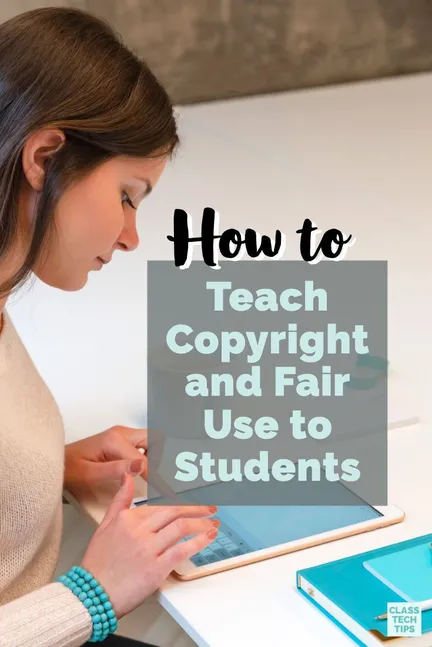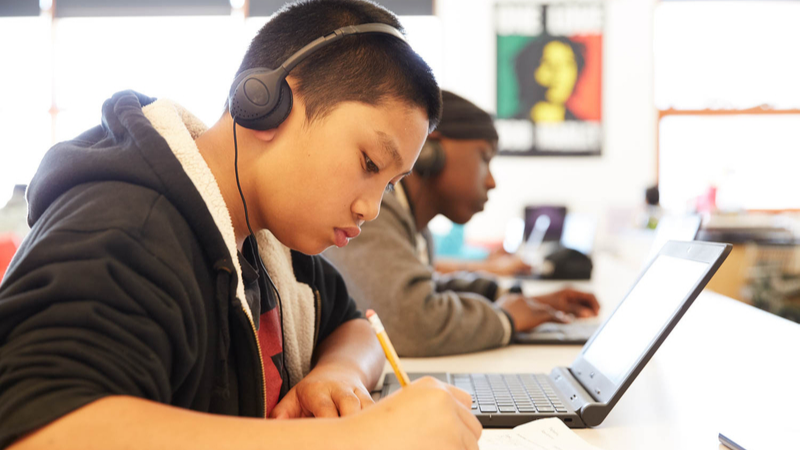Oguz Kaan Kısa · April 21, 2021

We (legitimately) invest critical time and energy instructing children to know about their computerized impressions. Stories flourish about flashing failures to comprehend the issues at hand prompting loss of work or grants. Understudies will in general accept these exercises since they care about standing. Clearly, we should proceed with these significant exercises; in any case, we should understand that computerized citizenship incorporates other online conduct, as well.
It very well may be difficult to get good compasses to jerk while examining the complexities of intellectual property law, public space, fair use, and Creative Commons. Those ideas appear to be dynamic and eliminated from the worries of youths. It may very well be considerably harder to end them of the propensity for doing a Google picture search and getting the primary applicable and amazing picture they see. However, recall that John F. Kennedy broadly discussed the significance of doing the "hard stuff" in his "moon discourse" at Rice Stadium in 1962. He discussed the significance of getting to the moon, yet I believe that we can take the soul of his words and apply them to showing this specific extreme corner of advanced citizenship. I'm here to contend that we ought to decide to show copyright not on the grounds that it is simple, but since it is hard, in light of the fact that the objective of understanding copyright will serve to quantify the best of understudy energies, abilities, and citizenship.
Since the Common Core calls for us to show understudies how to “use innovation, including the web, to create and distribute composing,” instructors can encourage kids about copyright as they train the Common Core composing principles. Educators essentially need to show some key ideas, share a few devices, and model advanced citizenship regarding copyright expressly in the study hall. Honestly, it isn't pretty much as hard as getting to the moon. With the correct assets, our understudies will be incredible advanced residents in the blink of an eye by any means.

Understudies need to comprehend the accompanying ideas: copyright, public area, reasonable use, and Creative Commons. Luckily, educators can get to various assets and exercises to help give kids the establishment to settle on insightful decisions on the web.
Presence of mind Education has exercises and awesome enlivened recordings on copyright and reasonable use.
Imaginative Commons gives phenomenal assets as recordings about how copyright and Creative Commons licenses cooperate.
Training Copyright from the Electronic Frontier Foundation offers data on open areas.
Wait and investigate those sites for additional treats to impart to your understudies. Stress the way that all manifestations are protected, so understudies search for Creative Commons licenses rather than the apparent shortfall of a ©.
We have shown understudies an assortment of approaches to discover Creative Commons-authorized photographs utilizing Flickr and Google Image Search. With these apparatuses, understudies needed to make the attributions for each picture they utilized. While I'm happy I set aside the effort to tell them the best way to credit, I wasn't content with how long was dedicated to replicating, sticking, and organizing all the required data for attribution.
Luckily for us all, the people from Storyboard That have made an astounding device for youngsters to utilize: Photos for Class. This site utilizes a separating framework and searches Flickr pictures for photographs that are alright for understudies to utilize. In their FAQ, they do guarantee that some improper pictures could fall through, yet they contend that "on the off chance that you analyze a quest utilizing Photos for Class versus Google pictures (even with SafeSearch on), the measure of unseemly substance is significantly diminished.
At the point when you use pictures in your exercises, ensure you go with pictures that you have the authorization to utilize. Guarantee that the right attribution is noticeable. Cause students to notice the way that you're a decent advanced resident. Maybe generally significant, over time bring up that you battled to track down the correct picture yet were glad to make the best choice.
Now and again, this cycle will be hard on the grounds that it requires some investment to discover a picture that we have authorization to utilize. Recognize this reality with your understudies. In the event that understudies take the simple course and utilize protected material, request that they supplant the picture with a Creative Commons-authorized picture. Never dismiss the objective. This is about more than pictures in homework. This is about citizenship and making the best choice.

 Back
BackLet us find your dream university.
